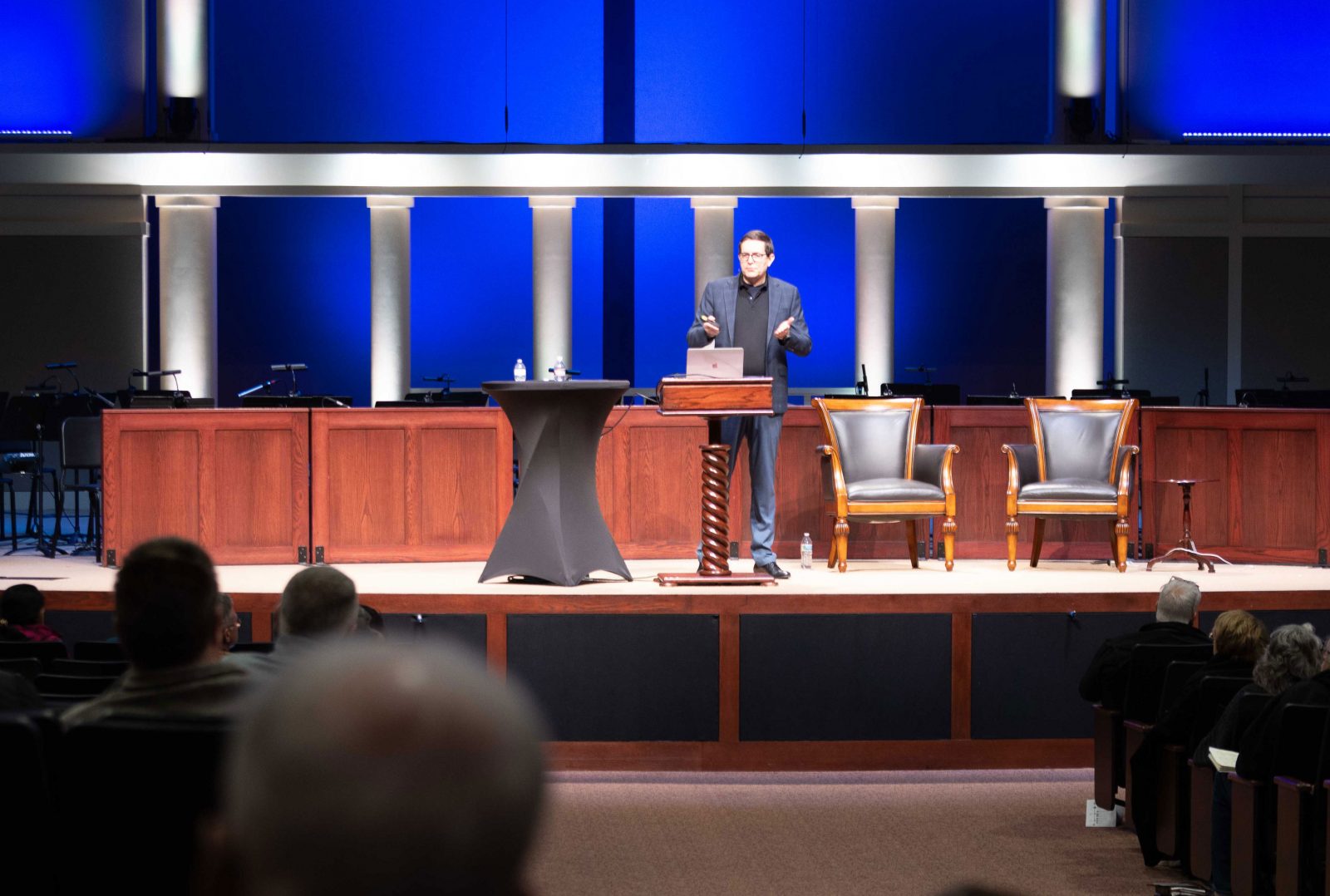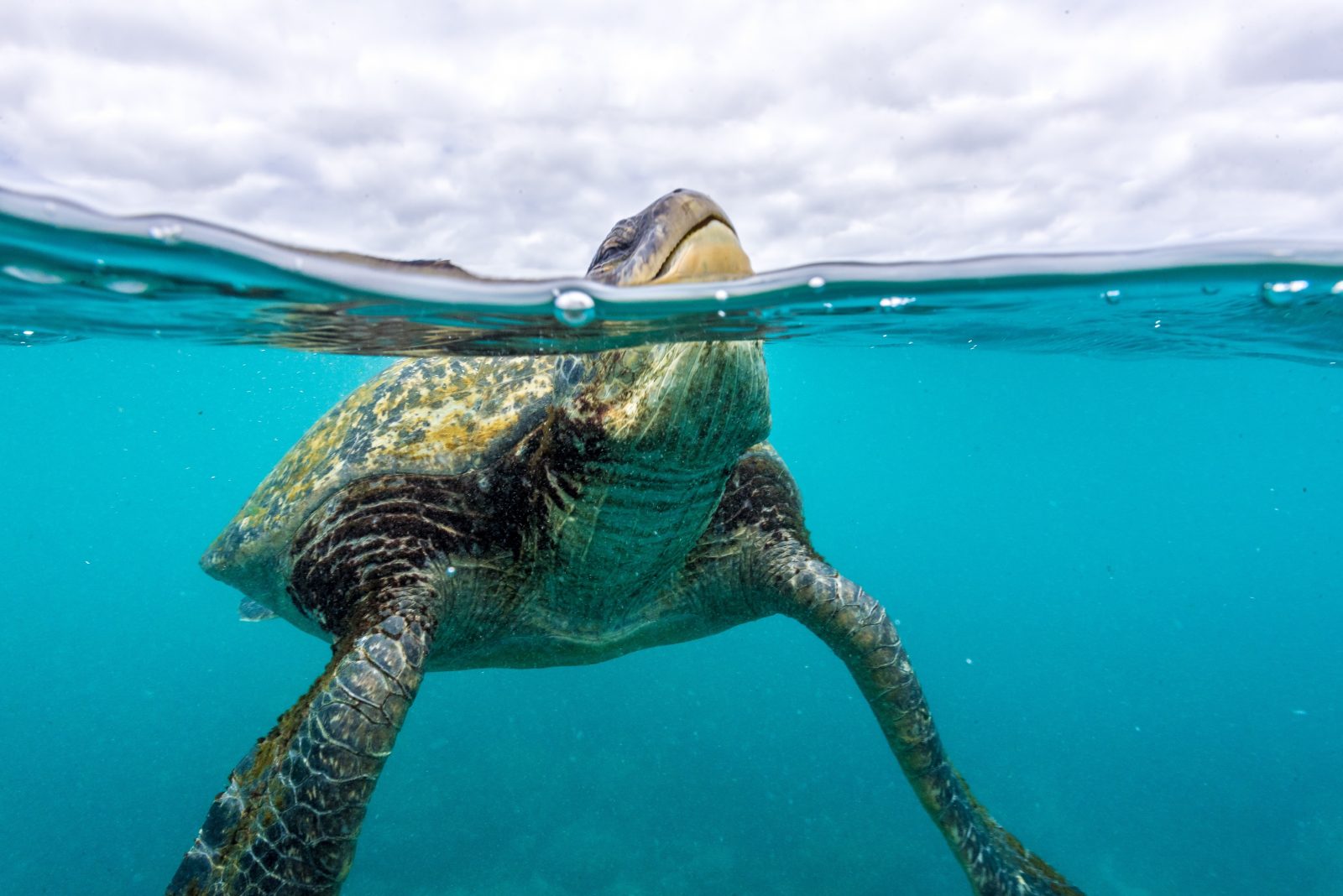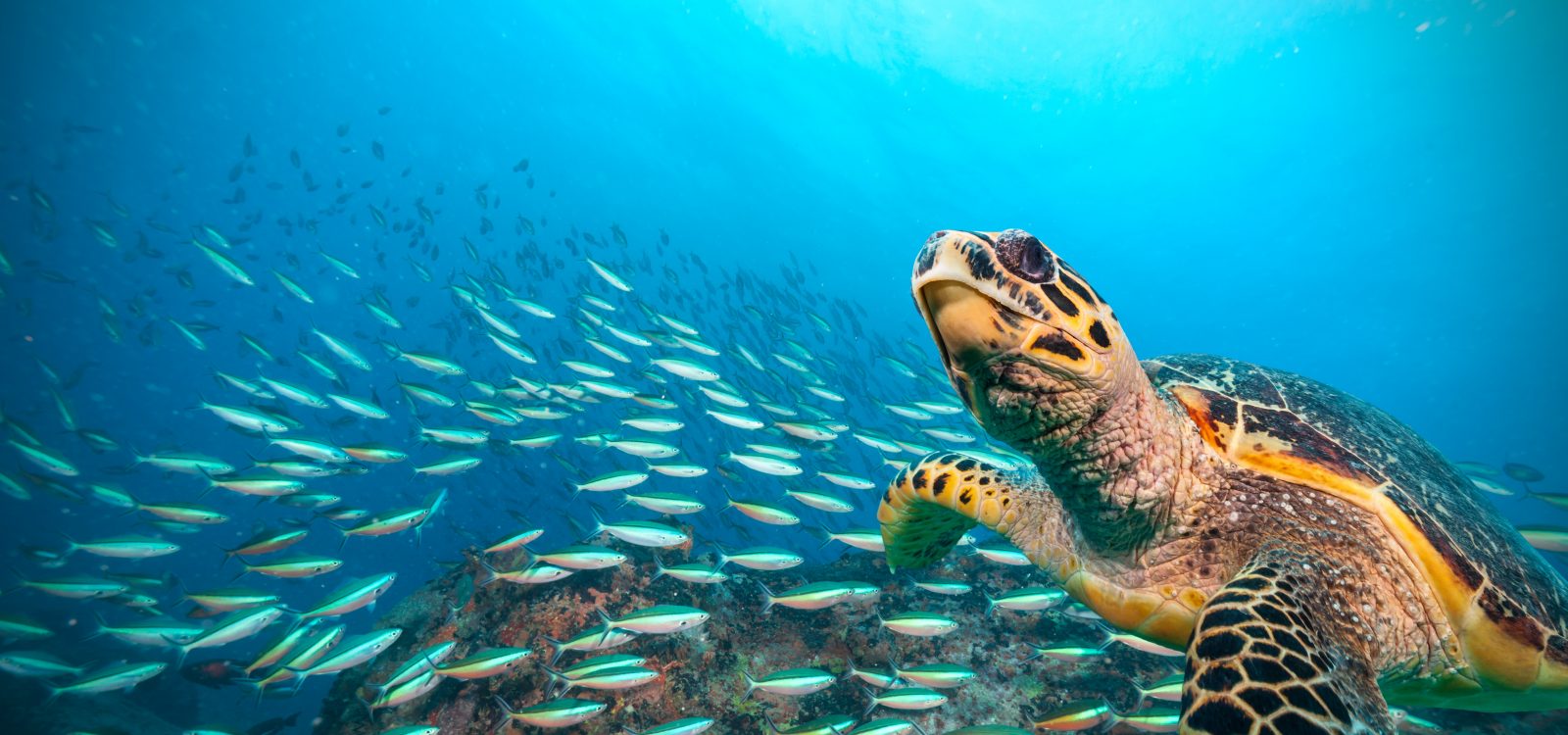


Brian Miller: The Surprising Relevance of Engineering in Biology
Today’s ID the Future brings listeners physicist and engineer Brian Miller’s recent lecture at the Dallas Conference on Science and Faith, “The Surprising Relevance of Engineering in Biology.” Miller rebuts several popular arguments for evolution based on claims of poor design in living systems, everything from the “backward wiring” of the vertebrate eye to whales, wrists, ankles, and “junk DNA.” But the main emphasis of this discussion is the exciting sea change in biology in which numerous breakthroughs are occurring by scientists who are treating living systems and subsystems as if they are optimally engineered systems. Some in this movement reject intelligent design for ideological reasons. Others embrace it. But all systems biologists treat these systems as if they are masterfully engineered systems, and that perspective is rapidly accelerating progress in experimental biology. At the forefront of this work is the Conference on Engineering in Living Systems (CELS). Miller provides an exciting sneak peek at some of the cutting edge research from members of this group.

Hank Hanegraaff and Animal Algorithms Author Eric Cassell, Pt. 2
On today’s ID the Future, radio host Hank Hanegraaff continues his conversation with Animal Algorithms author Eric Cassell. Here they look at more insects with strikingly sophisticated innate behavior, suggesting intricate algorithms encoded into their brains from birth, all of which cannot be effectively explained by reference to Darwinian evolution. Cassell and Hanegraaff touch on wasp martial arts; termite altruism and termite architectural skills, including a cooling system that has inspired a human design; interdependent social caste systems that enhance fitness; and spiderweb architecture and the extraordinary properties of spider silk, including the different kinds of silk and the spider’s ability to employ different types precisely tailored for different needs. Cassell looks at evolutionary explanations for these innate abilities that appeal to the ideas of convergent evolution and selection pressure, and he shows why these don’t get us very far. He suggests the path forward is to set aside the dogmatic insistence on restricting ourselves to only naturalistic explanations and instead to consider the possibility of intelligent design. Hanegraaff and Cassell wrap up their discussion by taking on some common objections against the theory of intelligent design. The interview is presented here by permission of Hank Hanegraaff. Find the original at Hank Unplugged. Pick up your copy of Cassell’s book here.

Hank Hanegraaff Interviews Animal Algorithms Author Eric Cassell, Pt. 1
On this ID the Future radio host Hank Hanegraaff interviews Animal Algorithms author Eric Cassell about insects and other small-brained animals with innate behaviors of astonishing sophistication — desert ants, leafcutter ants, honey bees, spiders, monarch butterflies, and many more. These appear to be hard-wired from birth with complex algorithms coded into their neural networks, and some of the algorithms seem to involve complex mathematics. Also mysterious: many of these innate abilities are do or die. So how could they have blindly evolved one small Darwinian step at a time? Also, how would genetic mutations generate the ability to make navigational calculations (as in the case of some birds) that for humans require spherical geometry? Listen in to learn more about this and other wonders of the animal world. Pick up your copy of Cassell’s book here. (The interview is presented here by permission of Hank Hanegraaff.)

Meyer, Berlinski and Yale’s David Gelernter Challenge Darwinism, Pt. 2
This episode of ID the Future features Part 2 of Peter Robinson’s conversation with Yale computer scientist David Gelernter and Discovery Institute senior fellows Stephen Meyer and David Berlinski.
Read More ›
J. P. Moreland on Scientism, Darwinism, and Bucking the Consensus
On this episode of ID the Future, philosopher J. P. Moreland explains from his new book Scientism and Secularism: Learning to Respond to a Dangerous Ideology how scientism helped bring about Darwinism’s current widespread acceptance. Ironically, the process involved some scientists who dismiss theology … doing theology, and doing it not very well. Moreland says this is just one of the reasons that it’s rational to buck the consensus on evolution. Please consider donating to support the IDTF Podcast.